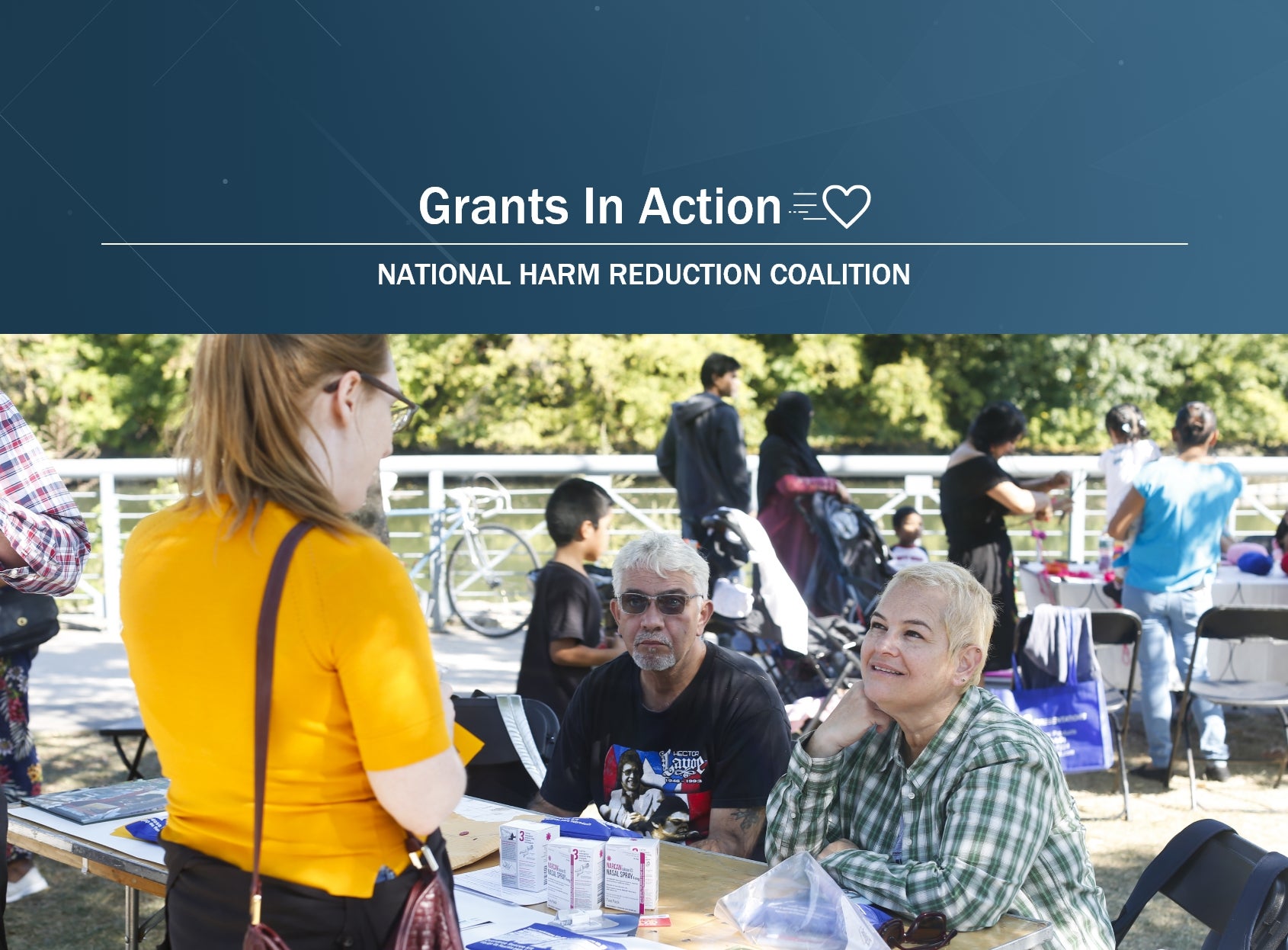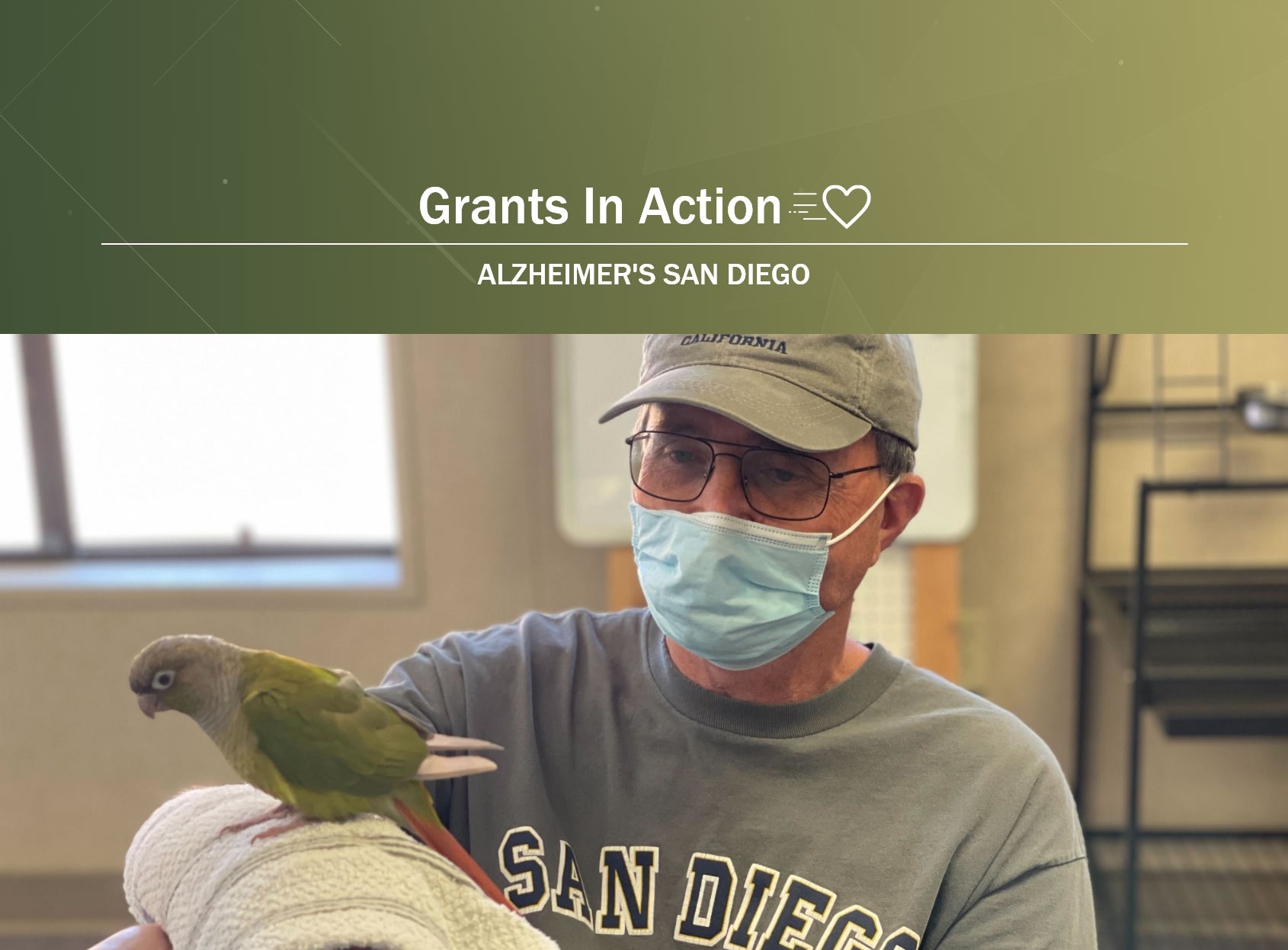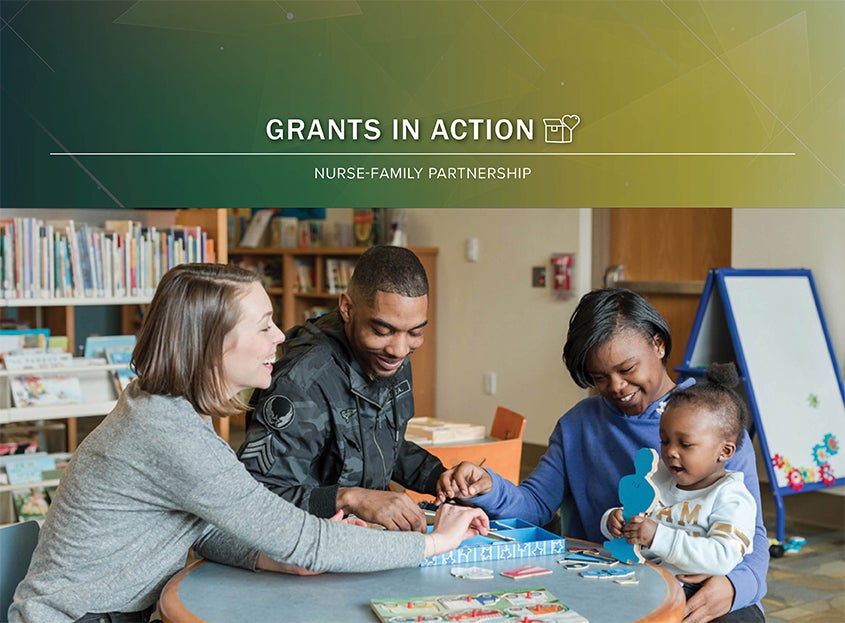National Harm Reduction Coalition: Fighting Overdose & Stigma
National Philanthropic Trust’s donors recommend thousands of grants every year. This new series, Grants In Action highlights the breadth of causes and organizations NPT’s donors are supporting with grant recommendations from their donor-advised fund accounts.

International Overdose Awareness Day, observed worldwide on August 31st, is a campaign to “remember, without stigma, those who have died, and acknowledge the grief of the family and friends left behind” by drug overdoses.
This year’s observances follow a grim milestone. According 2021 data from the Centers for Disease Control and Prevention, over 100,000 people were estimated to have died from drug overdoses over a yearlong period in the United States, an increase of about 30% from the previous year.
The combination of decades long overprescription of opioid painkillers and the prominence of fentanyl, an extremely powerful synthetic opioid, has created a public health crisis. But there are grassroots community organizations and longtime treatment professionals working hard to reduce the risk of overdose and save lives.
One of the emergent approaches to preventing overdose deaths is the harm reduction movement. “Harm reduction is a human rights framework that provides people with the tools and strategies that allow them to make informed decisions about what is best for their lives,” explains Dr. Orisha Bowers, the Executive Director of the National Harm Reduction Coalition.
If you want to be part of an opportunity to heal and to help...this is lifesaving work.
Bowers’ organization, a national coalition of practitioners and supporters, describes harm reduction as an approach that incorporates “a spectrum of strategies that includes safer use, managed use, abstinence, meeting people who use drugs ‘where they’re at,’ and addressing conditions of use along with the use itself.” The US Department of Health and Human Services, says harm reduction “plays a significant role in preventing drug-related deaths.”
“These principles and philosophies allow us to apply harm reduction to many different areas for folks who are marginalized,” Bowers says. A 2021 study from the American Journal of Public Health found there are growing racial disparities in opioid overdose death rates.
The movement, born out of the AIDS epidemic in the 1980s and 90s, has seen a resurgence of interest and application in the last decade, as opioid deaths have skyrocketed. Syringe exchanges and methadone treatment are, by now, familiar avenues for the prevention of overdoses and disease transmission. Today, the distribution of Naloxone and fentanyl test strips are major strategies.
Naloxone, often found under the brand name Narcan, is a nasal spray medication that can reverse the effects of an opioid overdose. The medication is easy to administer and saves lives; a 2017 CDC report estimated that it had saved tens of thousands of lives since wider distribution of the overdose reversal drug began in the 1990s. “Timing is everything and there’s an opportunity, if people have Naloxone, to administer this medication and reverse the symptoms of overdose,” says Bowers.
Unfortunately, harm reduction medications like Naloxone come with their own misconceptions. And the harm reduction approach itself isn’t without its critics. But, Bowers says, increased stigma often leads to a lack of access to safe services: “That’s when people are going to take risks,” she says.
“We must normalize [Naloxone] and treat it just like we would for someone needing an EpiPen or an asthma inhaler,” she says. “You don’t have to ‘prove’ that you’re worthy of a lifesaving intervention.”
Today, Bowers’ organization focuses on training, technical assistance and other resources, equipping city health departments, medical professionals, faith leaders, advocates and other community members with the skills and knowledge to prevent further overdoses. The organization also works on resource creation, convening harm reduction professionals and distributing grants to local efforts across the country.
This work relies on donor generosity. With an annual operating budget of $11.5 million, the National Harm Reduction Coalition earns about $2.7 million from corporate grants and roughly $250,000 from individual donors, some of which arrives from donor-advised funds (DAFs).
Bowers points to long-term and unrestricted giving from DAFs as an important resource for the organization’s operations in order “to ramp up grantmaking, provide rapid response funds and help communities that are still living with the impacts of COVID-19,” at the height of which overdose deaths mounted.
“If you want to be part of an opportunity to heal and to help…this is lifesaving work,” she says, adding, “No amount is too big or too small to make a major impact on someone’s life.”
NPT is not affiliated with any of the organizations described herein, and the inclusion of any organization in this material should not be considered an endorsement by NPT of such organization, or its services or products.
NPT does not provide legal or tax advice. This blog post is for informational purposes only and is not intended to be, and shall not be relied upon as, legal or tax advice. The applicability of information contained here may vary depending on individual circumstances.


